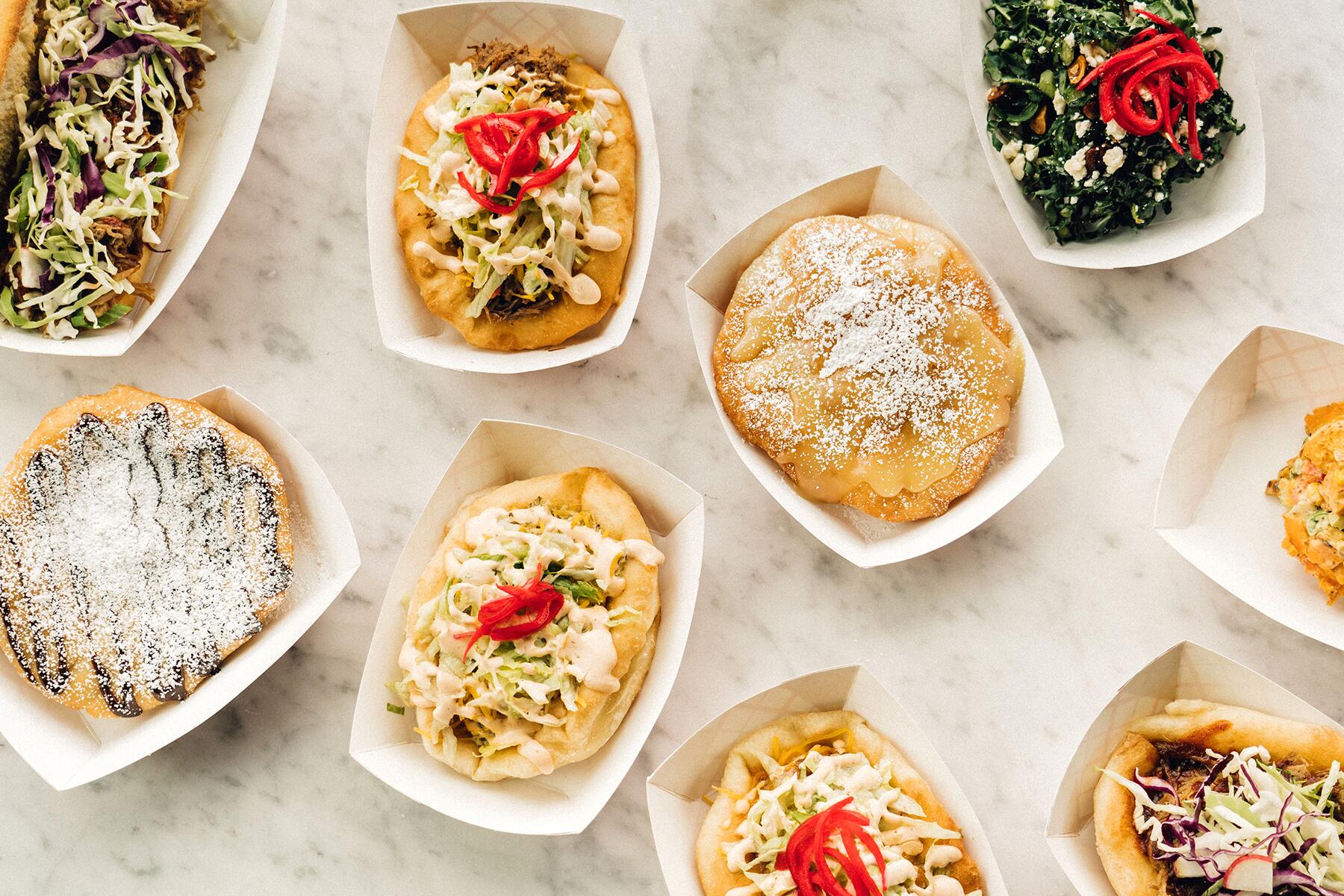Meet the chefs who are honoring Indigenous and Native American culture in creative and delicious ways.
From cafés nestled inside universities and museums, such as the Smithsonian, to stand-alone concepts and restaurants—a growing number of Native American and Indigenous chefs are bringing ancient ingredients to modern cuisine.
This innovation is supported by non-profit organizations like Wild Bearies and I-Collective, which help establish mentorship programs for chefs and encourage the use of traditional ingredients in Native American and Indigenous communities.
“I like to think of food as a vessel that can transport you in time and space,” explains Elena Terry, who is the Executive Chef and Founder of Wild Bearies. From casual to fine dining, here are ten restaurants where Native American and Indigenous chefs are creating menus that pay homage to their ancestral roots.
Top Picks for You
Another great idea for a travel article. In my area of the country there are restaurants also run by indigenous people, but they don't serve native dishes, just standard US fare, burgers and fries. You wouldn't even know the workers were of native blood. I would also enjoy an article about restaurants run by newly arrived folks, mostly serving their own communities. We have a big Somalian community here in Maine.





Thank you for including Indigenous people. We are underrepresented in our own lands. Is there an updated list for 2022? I'm about to move back to my Klamath homelands and would like to visist a few places on the way. <3